An office-to-housing conversion project touted as the first of its kind since the pandemic is running months behind schedule — but the developer behind it says he’s dramatically expanding his plans to build new housing in the downtown core.
In September, the architect-turned-developer Richard Hannum threw himself a “kick-off” party at the Humboldt Bank Building. His firm, Forge Development Partners, had been commissioned to convert the historic property’s underutilized offices into apartments.
The festivities included a jazz band and a speech by then-Mayor London Breed. Hannum declared that his firm had created “a pattern language that others can duplicate” for conversions, announcing that it would break ground at the start of 2025 with the help of city rule changes and the support of some unconventional investors.
Seven months later, no building permits have been filed, and the project has yet to get underway. Meanwhile, Forge last week was named as the buyer of a Financial District property four times the size, with plans to turn that into housing as well.
According to the San Francisco Business Times (opens in new tab), which first reported the sale, the price for the former Wells Fargo headquarters at 420 Montgomery St. is $54 million, around $135 per square foot.
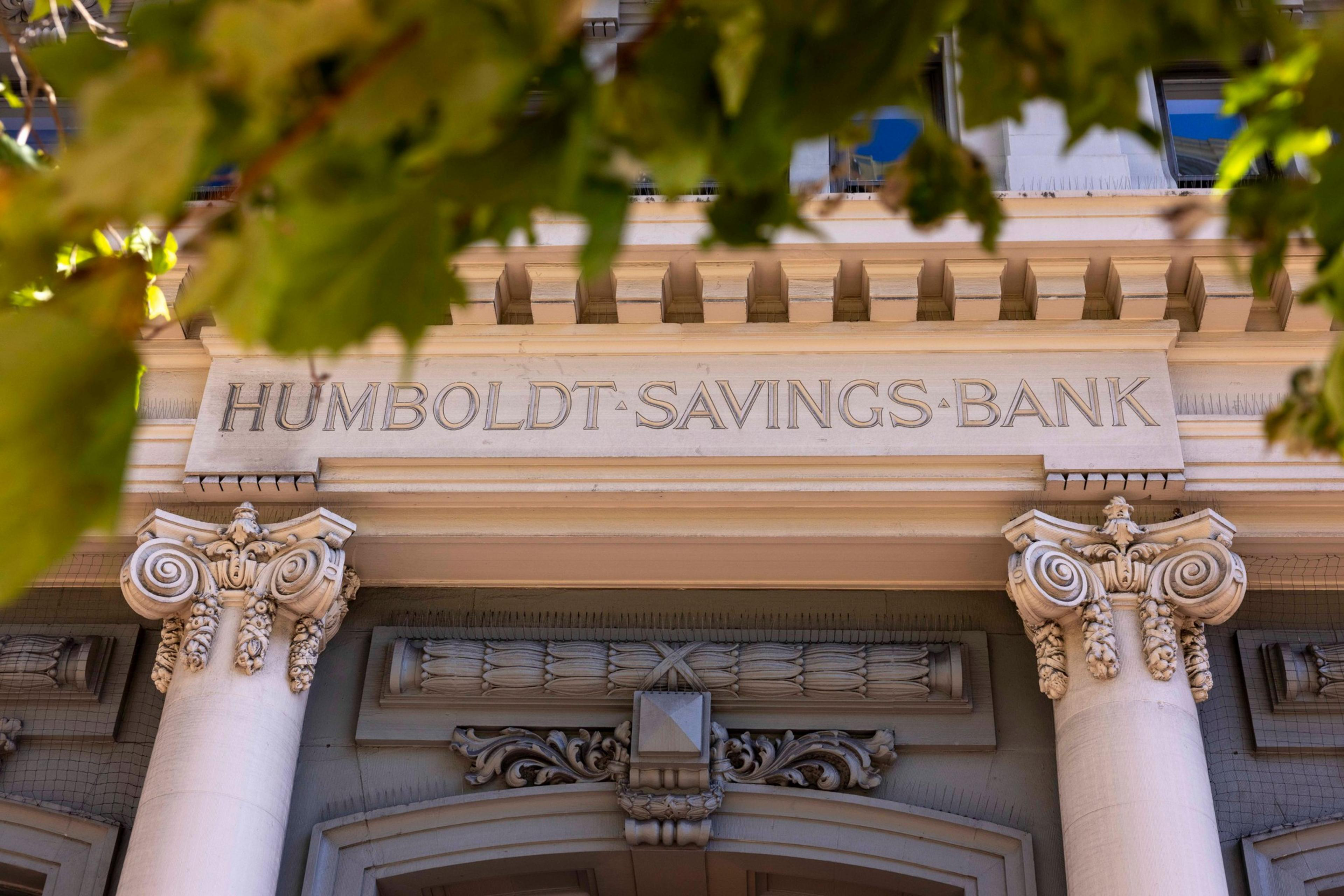
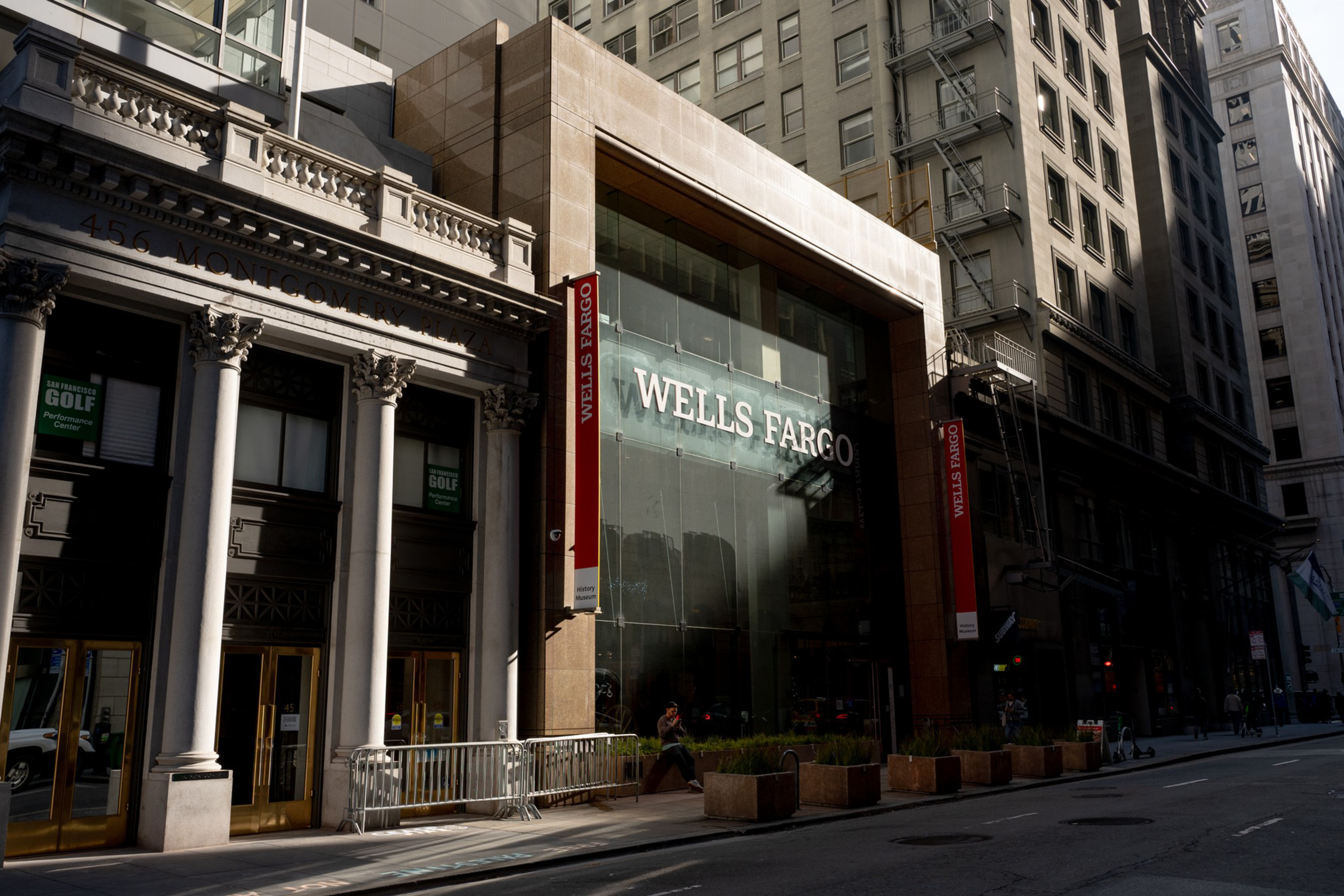
Neither Wells Fargo nor Hannum would confirm the sale, which has not closed. But the deal would fit into his scheme to build some 1,200 homes in and around downtown for residents who earn less than the median income.
Hannum claims that rather than soliciting financing for each project, as is typical, his lenders — anchored by two “large players” overseas he declined to name — are investing in his overall portfolio. In total, the developer is planning two construction projects in the Tenderloin and three more downtown, yet to be announced.
He maintains that the Humboldt project — which comprises 124 apartments approved by city planners last February — is not dead but delayed because the Trump administration “threw a monkey wrench” in transferring money into the U.S. at the start of the year.
Federal clean-energy subsidies he was banking on to help finance construction were “all clawed back,” Hannum added. He previously said that with the challenging lending environment for real estate, help from government agencies was needed to get below-market-rate housing projects off the ground.
“It was like searching through all of Jumanji,” Hannum said in September. “We contacted 180 capital sponsors in the traditional world, and we got 180 ‘no’s.’”
Now he insists federal aid was never going to make or break the Humboldt project. “You can’t rely on government funds,” he said. “It was never clear how or when we would ever get that money.”
To make up that gap, Hannum has found new minority domestic investors, he said. According to Hannum, these funders were previously uninterested in buying into San Francisco real estate but changed their minds “in the last 12 to 14 weeks” because of the city’s improving “economic and political perception.”
After “reshuffling” his financing structure, Hannum said, he’ll break ground on the Humboldt conversion in August or September. Construction will be completed in phases, since some of the office tenants at the building still have active leases.
“Things took longer than we all would have liked,” he said. “But the big obstacles are all taken care of. What’s left to be done is the small, gritty stuff.”
According to the architectural plans submitted to the city, Forge intends to concentrate on floors 3 to 14 of the Humboldt Building, converting the offices into 10 one-bedroom apartments on each floor.
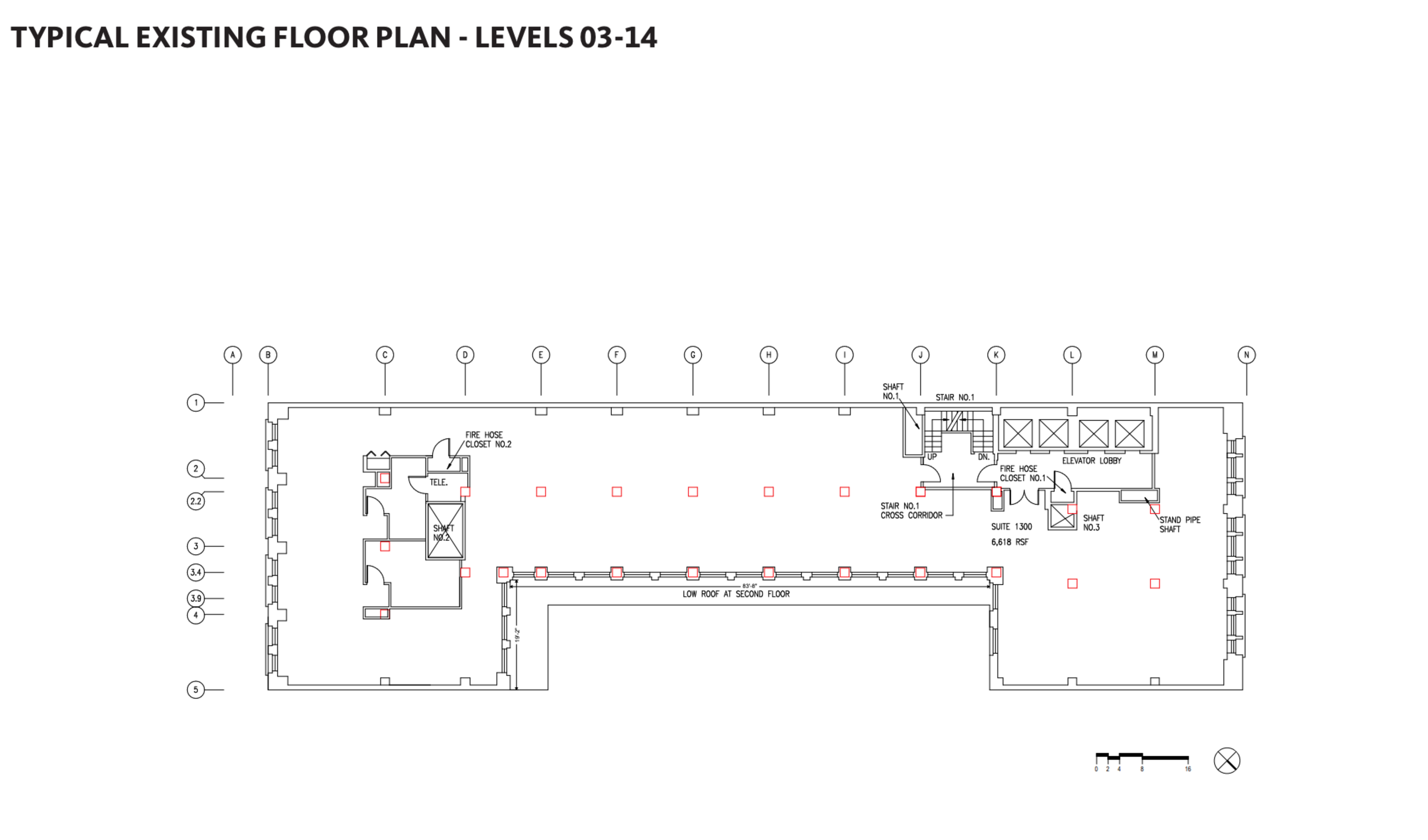
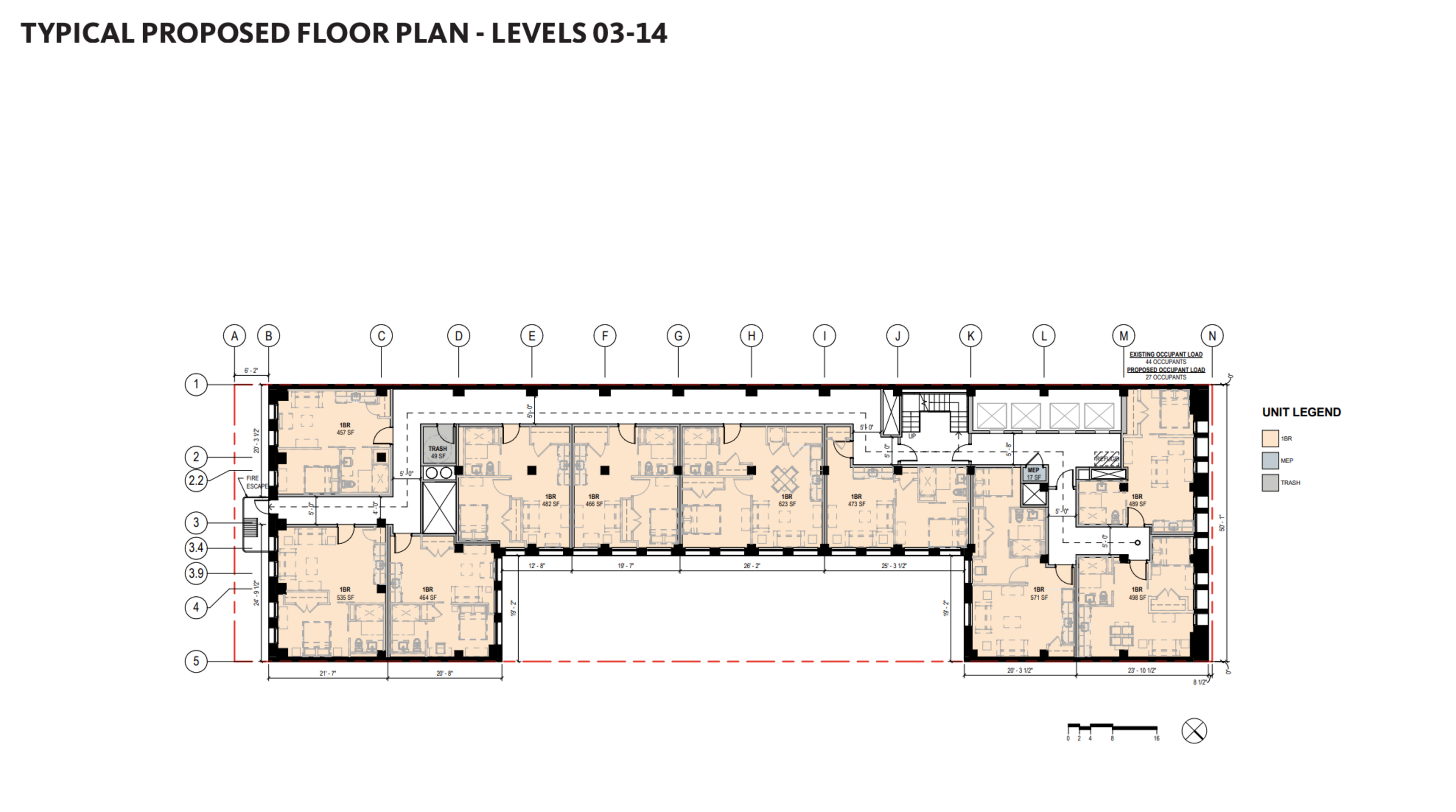
Should Hannum’s firm close on the 420 Montgomery deal, it would gain access to a 409,000-square-foot T-shaped property, which comprises the former Wells Fargo history museum and a 12-story office building on California Street. The property was listed for sale last year, when the bank moved its HQ six blocks away.
Real estate experts say the office building, built in 1959 at 464 California St., might be a good candidate for conversion to housing. But the museum — essentially a low-rise glass box — would be better suited as a lobby.
“If [Forge] does end up closing at that price, it would make sense from a cost perspective,” said a developer who asked to remain anonymous to protect working relationships. “But the biggest concern I would have is the lack of natural light [at 464 California St.], since it is surrounded by skyscrapers.”
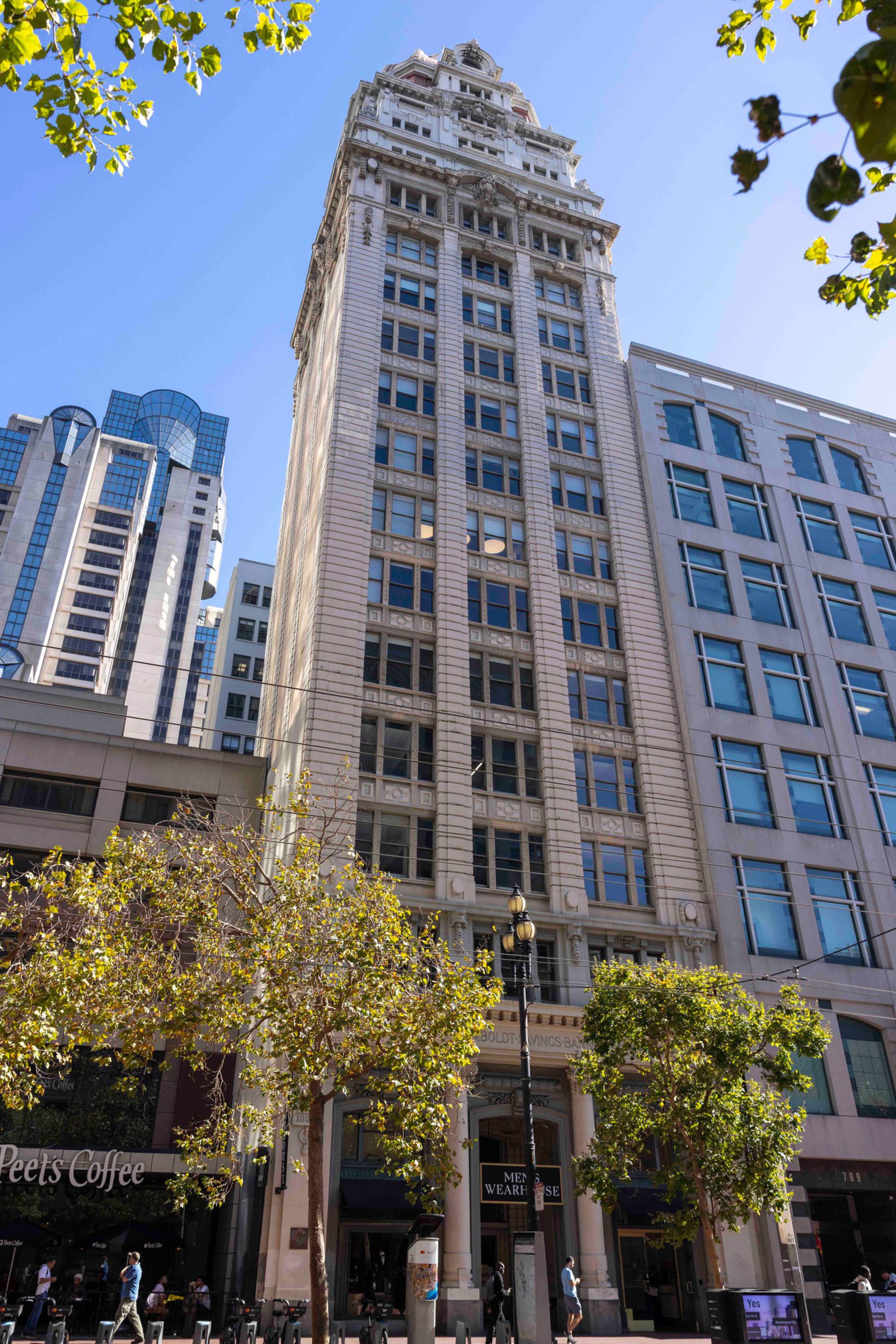
Without commenting directly on the Wells Fargo property, Hannum said historic buildings with an abundance of operable windows and tall ceilings lend themselves to cost-effective conversion to housing.
Working in Forge’s favor is an ordinance passed last month by the Board of Supervisors that would exempt certain conversion projects from development impact and inclusionary housing fees — in theory, lowering the cost.
The ordinance was the latest in a series of steps started by previous administrations to aid private developers in conversions by cutting transfer taxes and rezoning blocks of commercial buildings. Last year, Gov. Gavin Newsom signed a law (opens in new tab) that would enable the creation of a special financing district in downtown San Francisco that would essentially freeze property tax values for 30 years.
